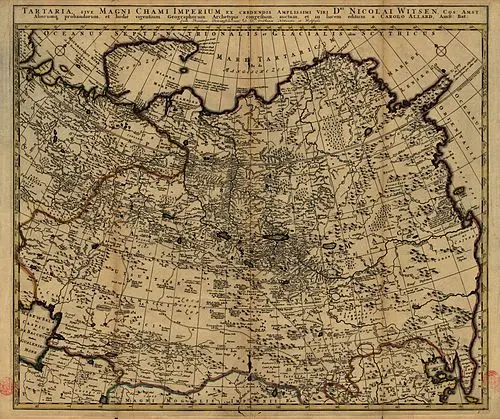Introduction: A mystery that never dies
Imagine a civilization so advanced that over 5,000 years ago, it had mastered astronomy, law, architecture—even early medicine. It sounds implausible—but it's true. We're talking about the Sumerians, the ancient people of Mesopotamia whose inventions and writings continue to astonish archaeologists, scientists, and historians today.
But did the Sumerians know more than we think?
In this article, we explore that question deeply—connecting their knowledge with modern discoveries, revisiting ancient wisdom, and examining their unexpected impact on the way we live today.
Who Were the Sumerians?
The Sumerians inhabited the land between the Tigris and Euphrates rivers (modern-day Iraq) in a region known as Mesopotamia. They are considered the world’s first urban civilization, and they developed:
-
The earliest city-states, like Ur, Uruk, and Lagash
-
The first system of cuneiform writing
-
Legal codes, like the Code of Ur-Nammu
-
Complex bureaucracy and administration
-
Sophisticated knowledge of astronomy and mathematics
These achievements show a highly organized, intellectual society—far more advanced than what we’d expect from the Bronze Age.
Read more at the British Museum
Astonishing Astronomical Knowledge
Sumerian texts reveal that they knew all planets visible to the naked eye and recorded accurate lunar cycles and equinoxes. One of their myths, the Enuma Elish, surprisingly mirrors modern theories about the solar system’s formation—and even elements of the Big Bang theory, according to some scholars.
Other amazing facts:
-
They divided the circle into 360 degrees
-
Created a lunisolar calendar
-
Identified constellations still in use today
Some theorists even claim they had knowledge of Nibiru, a hypothetical hidden planet, as popularized by Zecharia Sitchin in The 12th Planet. While controversial, these theories raise a key question: How did they know so much with so little technology?
Advanced Technology and Science
Sumerians invented the first practical wheel, designed complex irrigation systems, created accounting methods with pictographic symbols, and built structures to withstand seasonal flooding.
Other highlights:
-
Herbal medicine, surgical tools, and diagnostic records
-
Copper and bronze tools with geometric precision
-
Administrative tablets that resemble modern banking logic
See archaeological evidence from Uruk at the Met Museum
Was Their Writing System Hiding a Code?
Cuneiform writing wasn’t just practical—it may have been symbolic, mathematical, even philosophical. Some scholars suggest it held multi-layered meanings, much like ancient sacred texts.
For example:
-
Words with dual meanings depending on ritual context
-
Relationships between number, sound, and form
-
Mythological patterns that match astronomical cycles
Cuneiform could be more than a writing system—it might be a kind of universal code.
Did the Sumerians Receive Help?
This question fuels popular and fringe theories alike. The “ancient astronaut” hypothesis suggests that extraterrestrial beings may have passed advanced knowledge to the Sumerians.
While there is no scientific proof, the theory draws on:
-
Depictions of helmeted, winged beings
-
Texts describing “heavenly journeys”
-
Repeated symbols resembling circuitry or machines
Check this National Geographic article for a critical analysis
Connections to Modern Life
Why does this matter now?
-
Technology: Modern accounting algorithms are based on Sumerian sexagesimal math.
-
Law: Contemporary legal systems mirror their hierarchies and bureaucracy.
-
Spirituality: Sumerian myths deeply influenced Abrahamic religions and creation narratives.
The Sumerian past isn’t dead—it’s alive in our systems, our beliefs, and our very structure of society.
Conclusion: What Can We Learn from the Sumerians?
The Sumerians weren’t just ancient people—they were architects of core human systems: writing, law, urbanism, astronomy, time.
Perhaps we’ve only begun to understand the depth of what they knew.
Whether you’re a history lover, a tech enthusiast, or just curious—this is your invitation: Explore, question, and learn from the ancient minds that shaped our world.
Because understanding the past is how we unlock the future.





.png)



.png)








